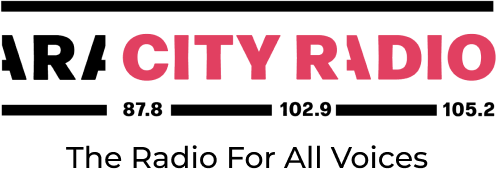On Monday evening, the Nature Park Our celebrated the conclusion of their Interreg project on light pollution. The nature Park Our is situated in the north of the country, around the municipalities of Vianden, Clervaux and Troisvierges. The region is less industrialized than the rest of Luxembourg. No giant steelworks as in the south, no economic centre as in the city. Nevertheless, the consequences of light pollution are noticeable. Daniel Gliedner works as a light consultant for Nature Park Our. He accompanied the project with his expertise on lighting. “Every organism needs the switch between light and dark or day and night, and for about 150 years, artificial light has had a huge impact on our world.” Even for human beings, artificial light influences the biorhythm by producing hormones for instance.
Daniel Gliedner advises municipalities, the region as well as private people and companies on how to improve the lighting. “I see a lot of lights that are oriented upwards or oriented towards the neighbour. We don’t need that nowadays.” The lighting technology allows to adjust the light and put it exactly where it is needed. A second point is the temperature colour. “You should use warmer lights. LED lighting turned a lot towards blue light colour. It is the wrong choice of the temperature colour.” Particularly the blue light causes health risks and sleeping problems. A bulb with an intensity of 3000 calvin or less is considered warm light and sufficient for many purposes. Finally, one thing that everyone can do: Turn the lights off when you don’t need it. The garden doesn’t need light while everyone is sleeping.
Within the Night Light project, Daniel Gliedner experimented with a default street lighting that is turned off by default. “It only switches on whenever there is something moving, a car or cycle or pedestrian coming. I am experiencing with it for about a year now; I have no complaints. We have one hour of operation in one night, 652 per year instead of 4200 for a regular lighting.”
Photo: Georg Buzin, CC BY-SA 4.0, via Wikimedia Commons
